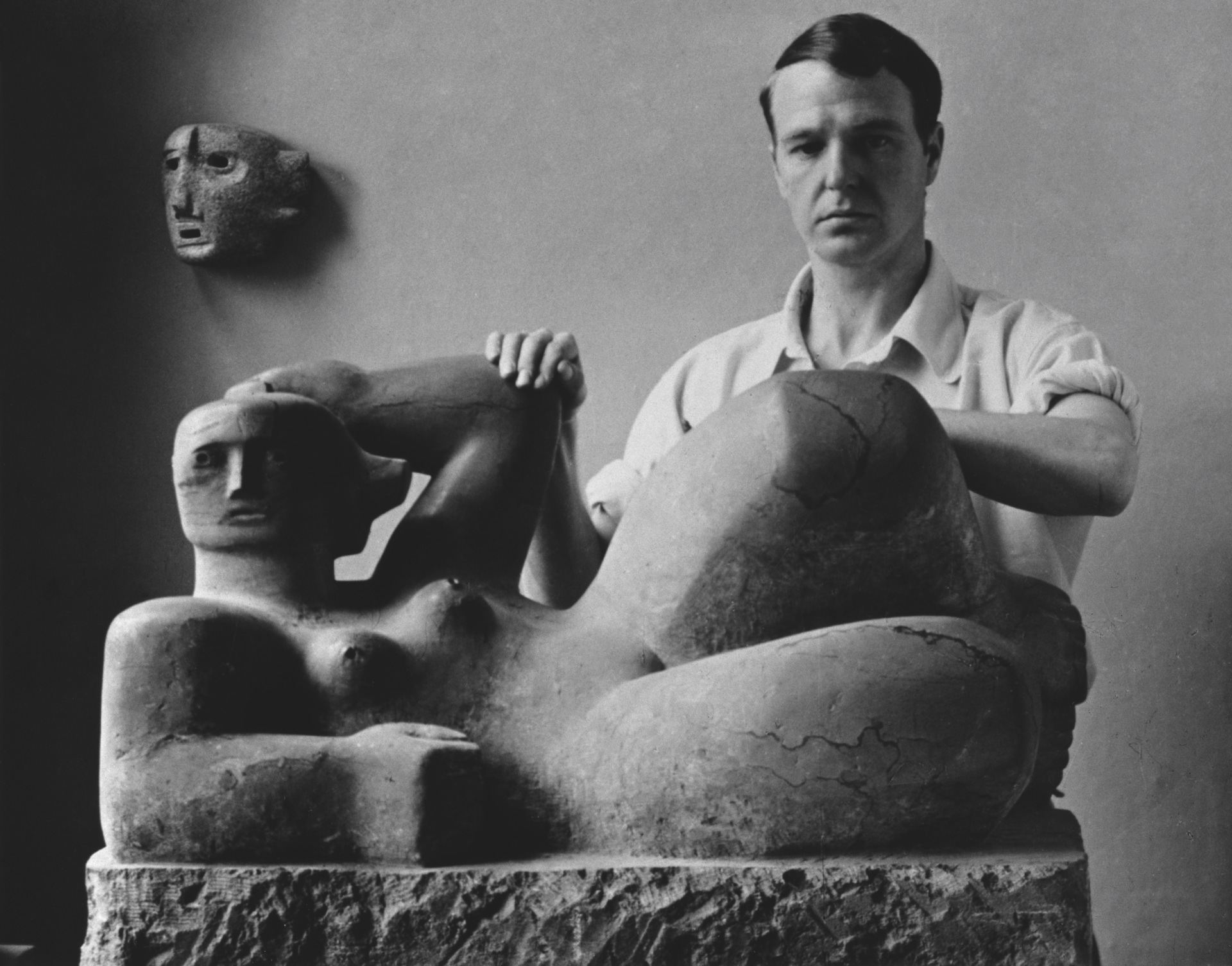Preview: Becoming Henry Moore
A new exhibition at the institute that bears his name in Leeds reveals Henry Moore's links to other artists past and present and the influence of the Yorkshire landscape on his work
Forty years ago Yorkshire sculptor Henry Moore set up a foundation for education and the promotion of fine arts. Born in 1898 in Castleford, Moore had made money through large-scale commissions by 1977 but continued to live frugally. He endowed most of his money to the foundation, which operates the Henry Moore Institute in Leeds where an exhibition charting the artist’s work from 1914 until 1930 is now on display.
“Henry Moore benefited from the generous support and advice of those who recognised his early talent,” says Godfrey Worsdale, director of the Henry Moore Foundation, of other important Yorkshire cultural figures such as Sir Michael Sadler, Herbert Read and Barbara Hepworth.
“I feel sure that when he set up the foundation with his wife Irina and daughter Mary that they were very determined that it should benefit those talented artists who followed.”
Moore was the son of a self-educated miner who was determined that none of his sons would follow him into the pit. “There was an expectation that the young Henry might follow some of his siblings into teaching – a secure and respectable occupation – but most who met the aspiring young artist quickly recognised his potential,” says Worsdale. But Moore volunteered for military service, aged 18, and saw the war through in what he later described as a “romantic haze of trying to be a hero”.
“There is no doubt that, in his early career, the act of direct carving was very important to Moore and this was a very demanding physical act. There is certainly a sense that stone carving is real work,” says Worsdale.
“The early work displayed in this exhibition reveals the huge appetite of a young artist to learn about the history of sculpture and then to understand what the future of sculpture was and how he could significantly contribute to it.”
Following the First World War he took advantage of an ex-serviceman’s grant and then his talents won him a scholarship to study at the Royal College of Art in London, where Moore copied classical western art but spent much of his spare time exploring the ethnographic collections of the British Museum and displays in the South Kensington museums. Through a travelling scholarship in 1925 he had his first direct encounter with early Italian wall painting and sculpture, which also played an important part in his artistic development. And Moore often spoke about the influence of the Yorkshire landscape on his work.
“We know that, as a boy, he was particularly inspired by the monumental rocks that he found in Adel Woods located between Alwoodley and Adel on the outskirts of Leeds. He also felt that the landscape was the ideal context for his work,” says Worsdale.
Becoming Henry Moore shows the artist’s early work with work by others that inspired him or worked alongside him. “It is critical when looking at the work of any artist to understand that they are a part of a dialogue with other artists – past and present,” says Worsdale.
“Henry Moore was no exception. In fact, I regard him as one of our great art historians as well as being a great artist. We know from his writings and interviews that he had an outstanding knowledge of the history of sculpture from ancient times right up to the international avant-garde of his day. He used both to create something entirely original.”
Becoming Henry Moore is at the Henry Moore Institute in Leeds, until 18 Feb

Leave a reply
Your email address will not be published.